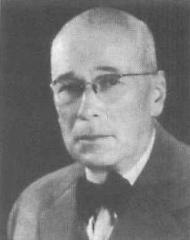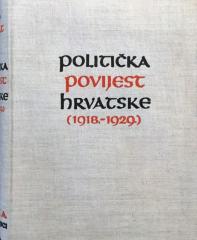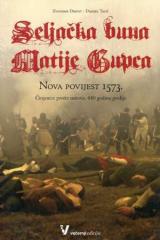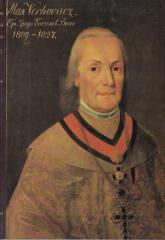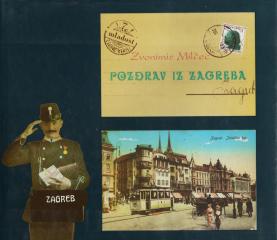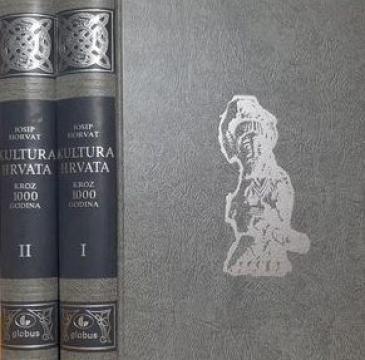
Kultura Hrvata kroz 1000 godina I-II
Das Buch ist der erste Versuch, ein einigermaßen schlüssiges Bild der kroatischen Kultur, ihres Wesens und ihrer Lebenslinien zu zeichnen. Es erhebt keinen wissenschaftlichen Anspruch. Es dient der Information eines möglichst breiten Leserkreises. Herausg
Josip Horvats „Kultura Hrvata kroz 1000 godina“ (Erstausgabe 1939, Zweitausgabe 1942, überarbeitet 1980) bietet eine anschauliche und umfassende Darstellung der kroatischen Kultur von ihren Anfängen im Frühmittelalter bis in die erste Hälfte des 20. Jahrhunderts. Als erfahrener Journalist und Historiker verbindet Horvat wissenschaftliche Präzision mit einer ausgeprägten Erzählkunst und schafft so ein Werk, das den Leser ohne unnötige Ausschmückungen durch komplexe historische Ereignisse führt.
Er beginnt mit den Wurzeln der kroatischen Kultur in der glagolitischen Zeit, als inmitten der politischen Wirren des Frühmittelalters die Grundlagen der Alphabetisierung gelegt wurden. Die Tafel von Baška und glagolitische Denkmäler zeugen von frühem Sprachbewusstsein. Anschließend widmet sich Horvat dem Humanismus und der Renaissance, der Zeit, in der Marko Marulić „Judith“ schrieb, den ersten bedeutenden literarischen Text in kroatischer Sprache, während Ivan Gundulić in seinem „Osman“ tiefgründige Reflexionen über Freiheit und Identität festhielt. Mit Beginn des 19. Jahrhunderts beschreibt Horvat detailliert die nationale Wiedergeburt, in der Ljudevit Gaj und die Illyrische Bewegung das Nationalbewusstsein durch Buchdruck, Schulen und Literatur wiederbelebten. Die Matica Hrvatska wurde zu einer Schlüsselinstitution in diesem Prozess, während sich Kunst und Wissenschaft zu Säulen der Kultur entwickelten.
Horvat ignoriert nicht den Einfluss ausländischer Mächte – Ungarn, Venedig, Österreich –, die die kroatische Realität prägten, betont aber, wie Kultur ein Raum des Widerstands und der Selbstdarstellung war. Kirche, Bildung und Buchdruck spielen eine Schlüsselrolle bei der Bewahrung von Sprache und Tradition. Seine Sprache ist klar, fast journalistisch, aber geprägt von Wissen und sorgfältiger Detailauswahl, was das Buch zugänglich, aber nie oberflächlich macht.
Dieses Werk ist nicht nur eine Chronik, sondern erzählt die Geschichte, wie das kroatische Volk seine Identität durch Kunst, Literatur und Institutionen aufbaute und bewahrte. Horvats Werk bleibt eine wertvolle Quelle für das Verständnis der kroatischen Kultur und nationalen Identität und hinterlässt beim Leser ein Gefühl von Stolz und Verantwortung für sein Erbe.
Im Angebot sind keine Exemplare vorhanden
Das letzte Exemplar wurde kürzlich verkauft.
